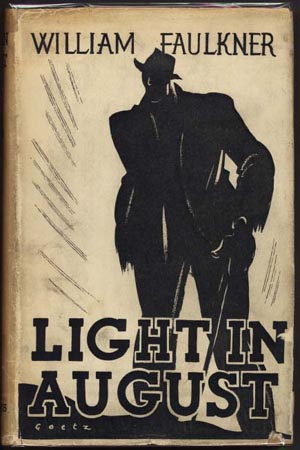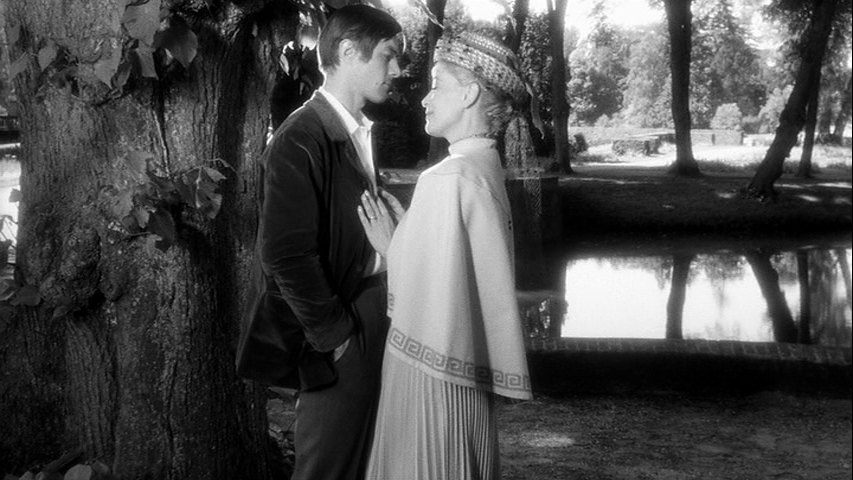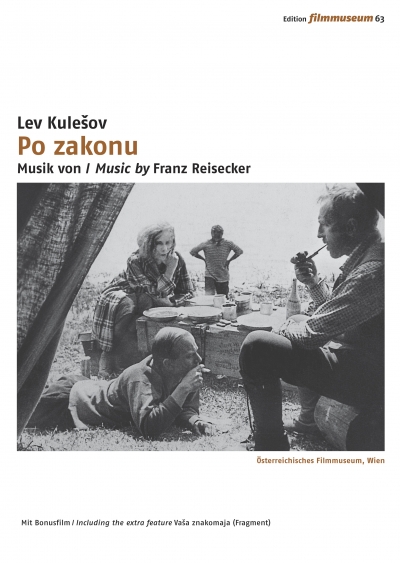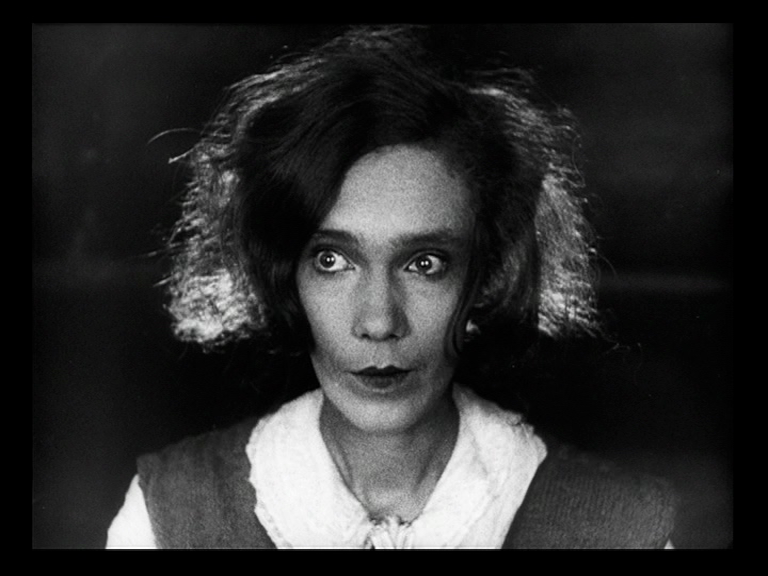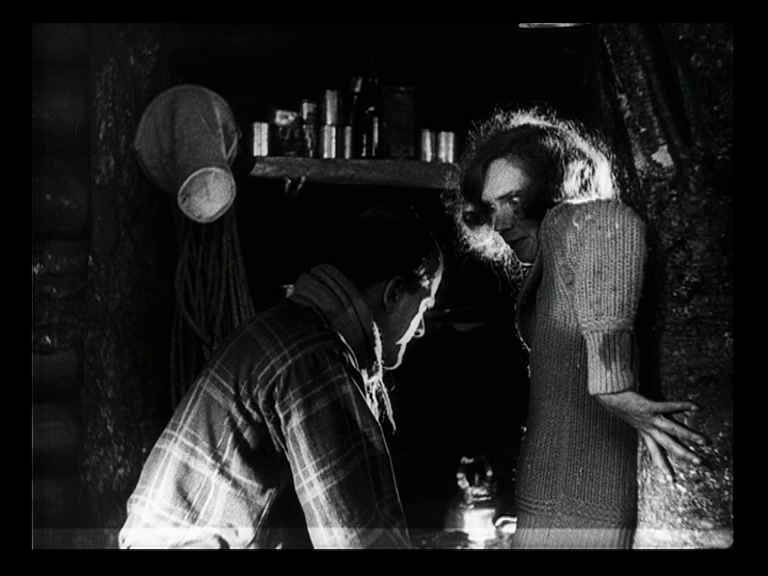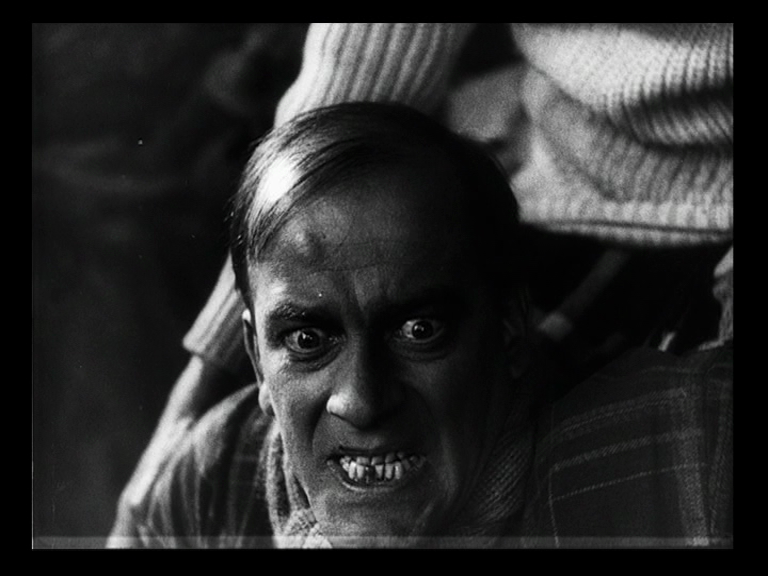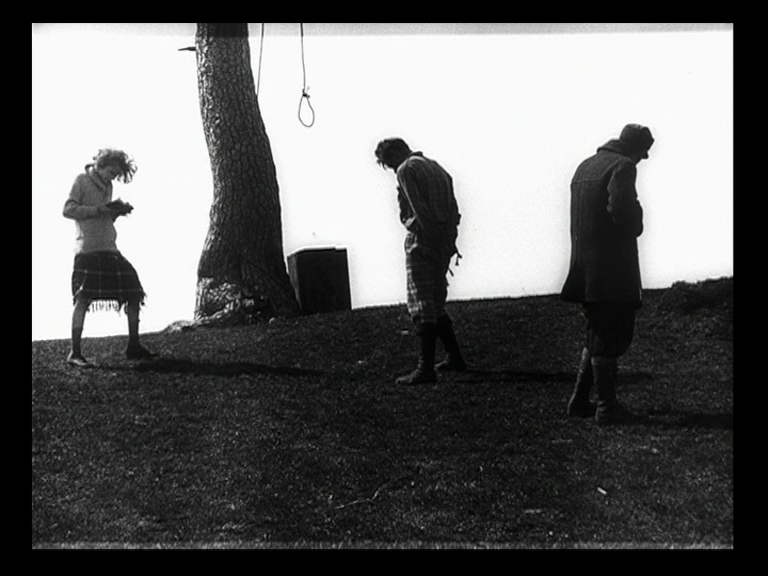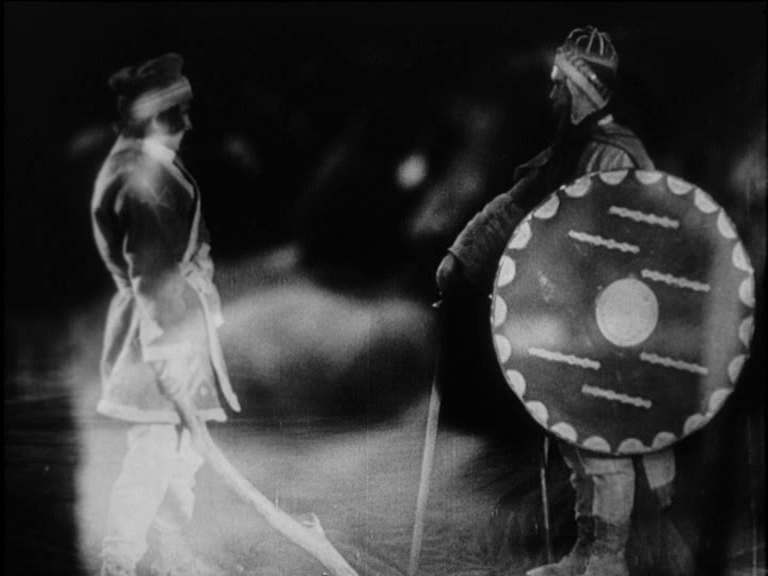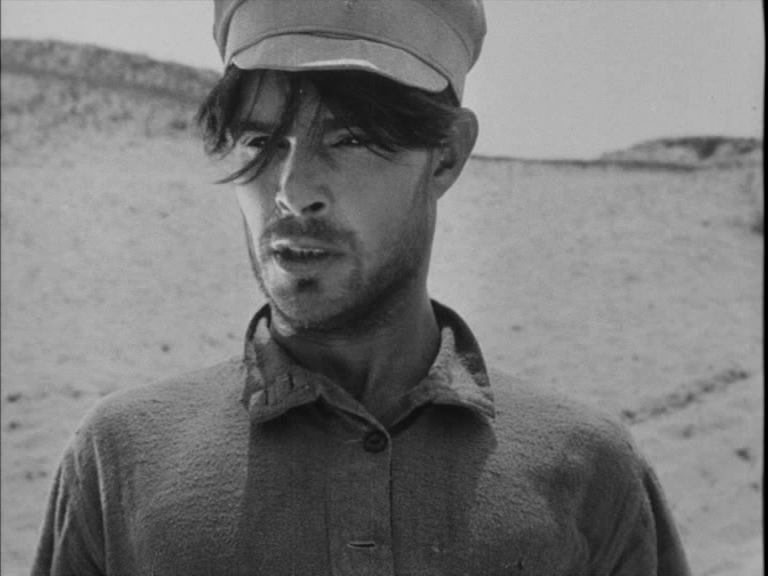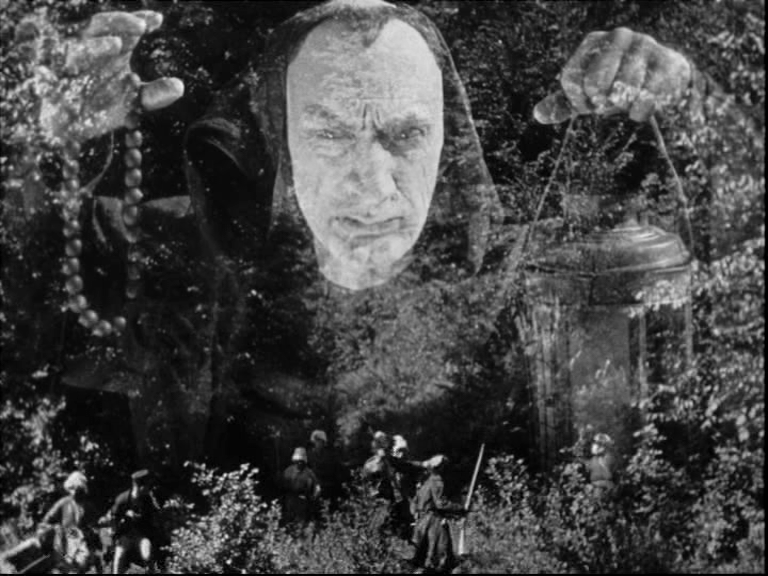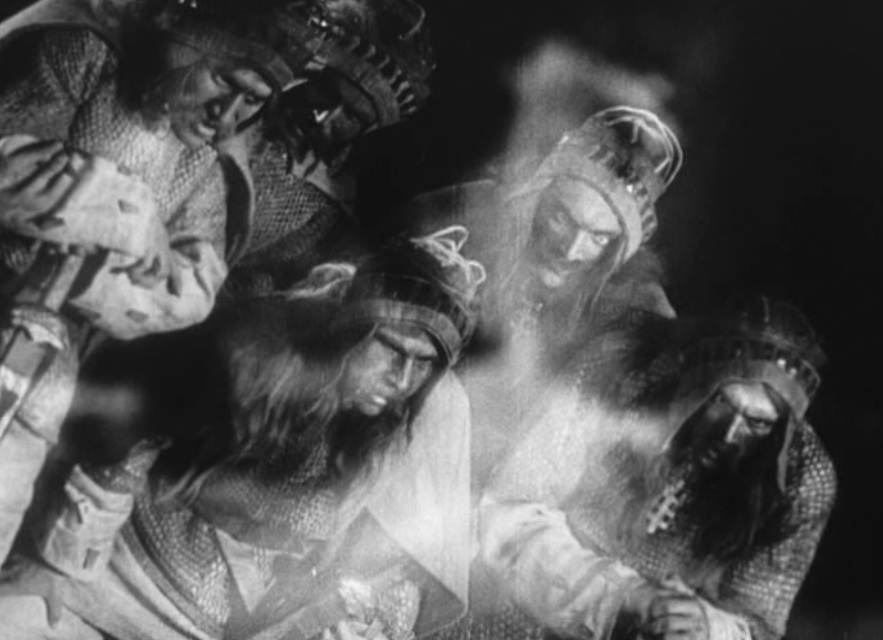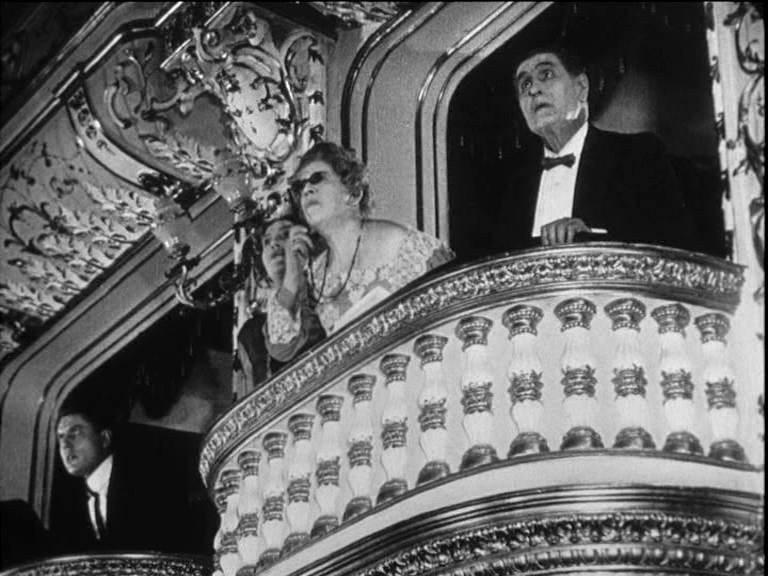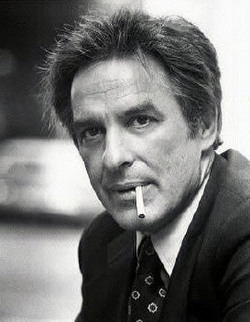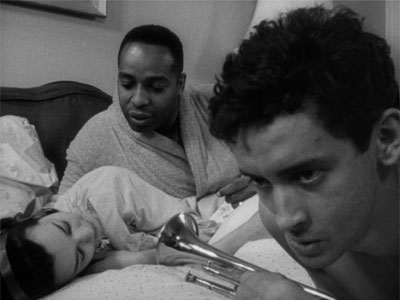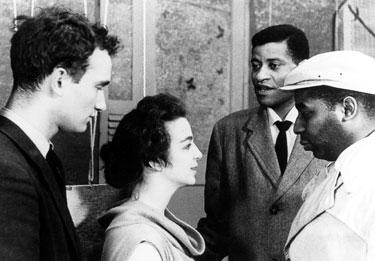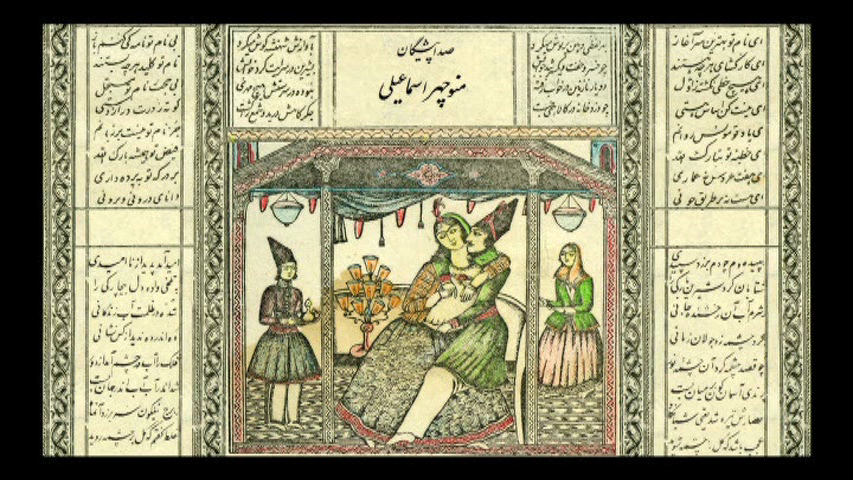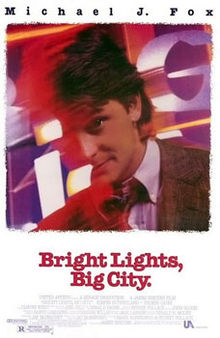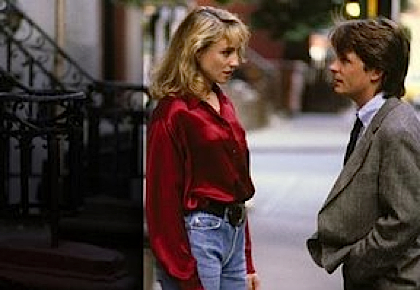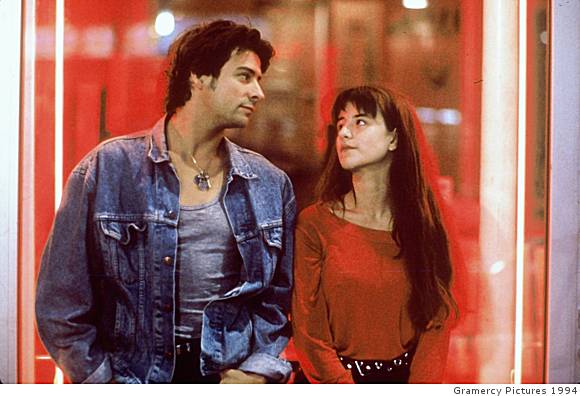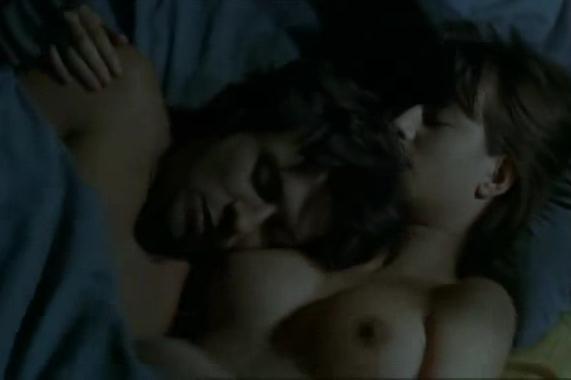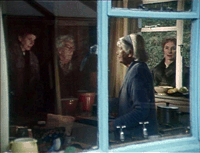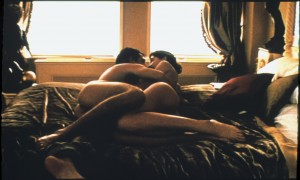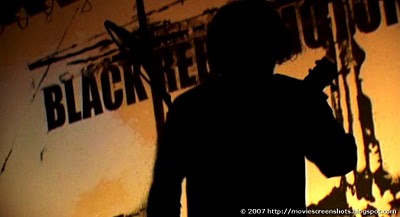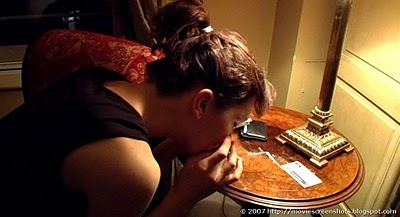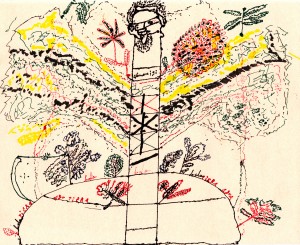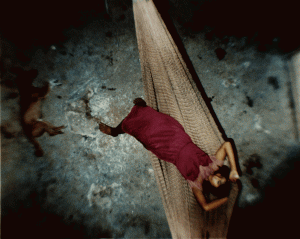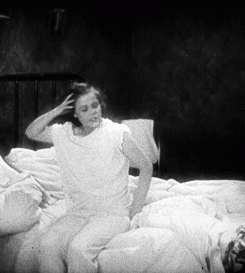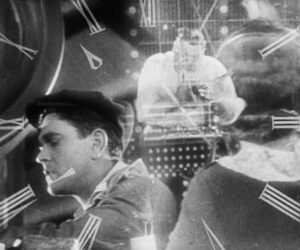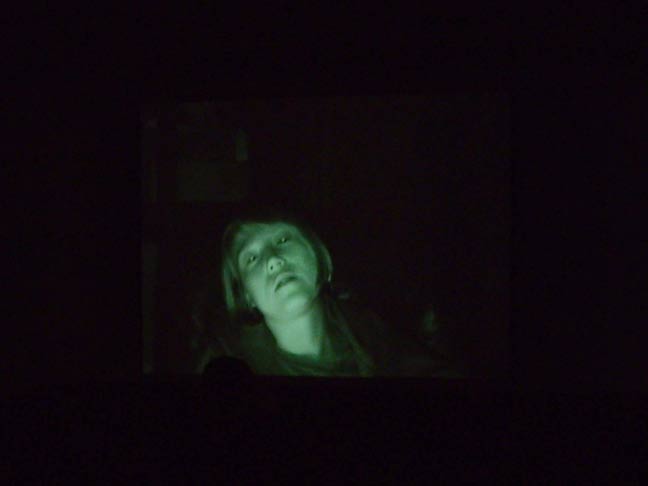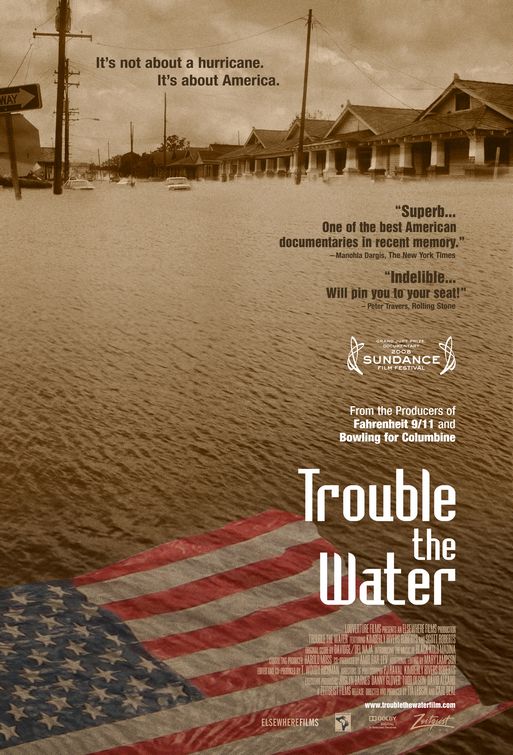From the March 1986 Video Times. — J.R.
(1984), C, Director: Volker Schlöndorff. With Jeremy Irons, Ornella Muti, Alain Delon, Fanny Ardant, and Marie-Christine Barrault. 110 min. Subtitled. Cinematheque (Media). $59.95.
They said it couldn’t be done, and strictly speaking, it hasn’t been. Proust is ultimately as unfilmable a writer as they come, and any attempt to translate his work to the screen has to be a chancy undertaking. But if we approach Swann in Love as variations on a theme by Proust — a work in its own right, and not an effort to translate the untranslatable — then director Volker Schlöndorff’s elegant film emerges as much finer than critics have admitted.
Clearly, any work as labyrinthine as Remembrance of Things Past — or even Swann in Love, the lengthy, self-contained section of the first volume on which this film concentrates — has to be drastically simplified and formally revamped in order to fit within the borders of a feature film. The solution adopted is to focus almost exclusively on the events of a single pivotal day in the plot. Charles Swann (Jeremy Irons). a wealthy Jewish art critic of 19th-century Paris who moves in aristocratic circles, discovers over this day that his infatuation with the courtesan Odette de Crécy (Ornella Muti) has grown into a jealous obsession. Read more


